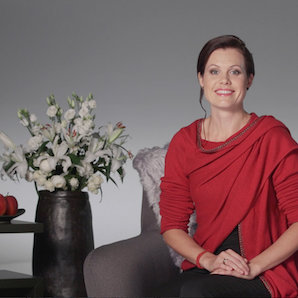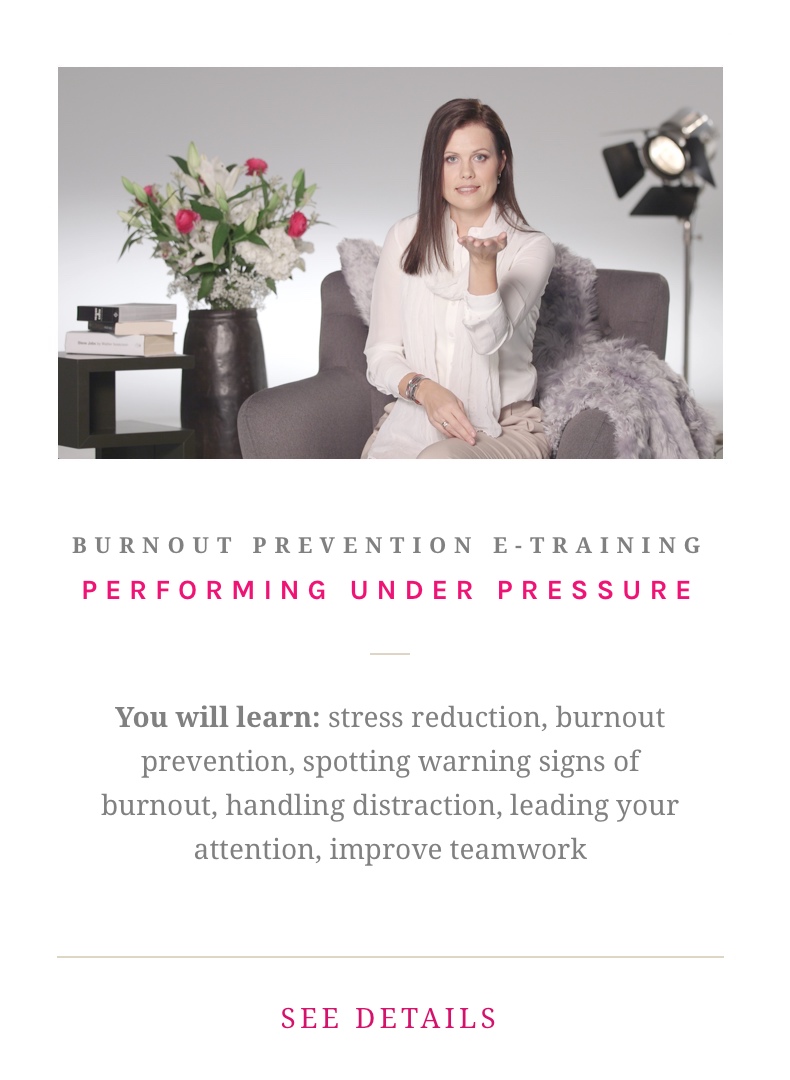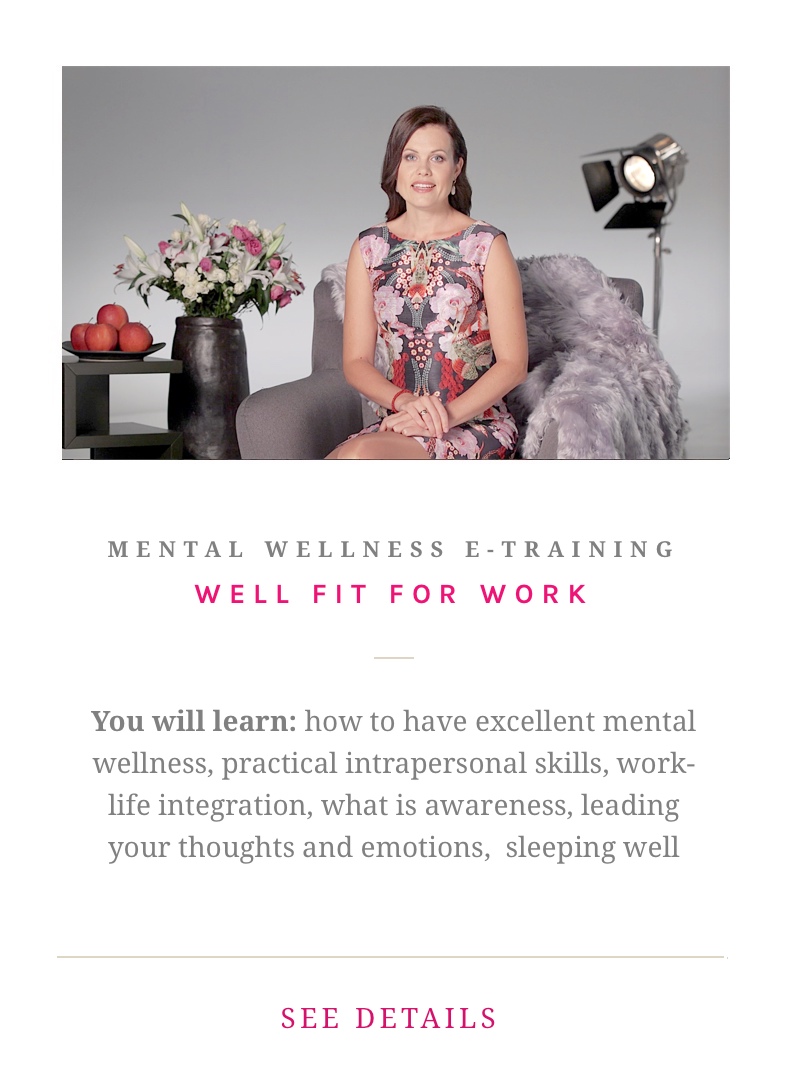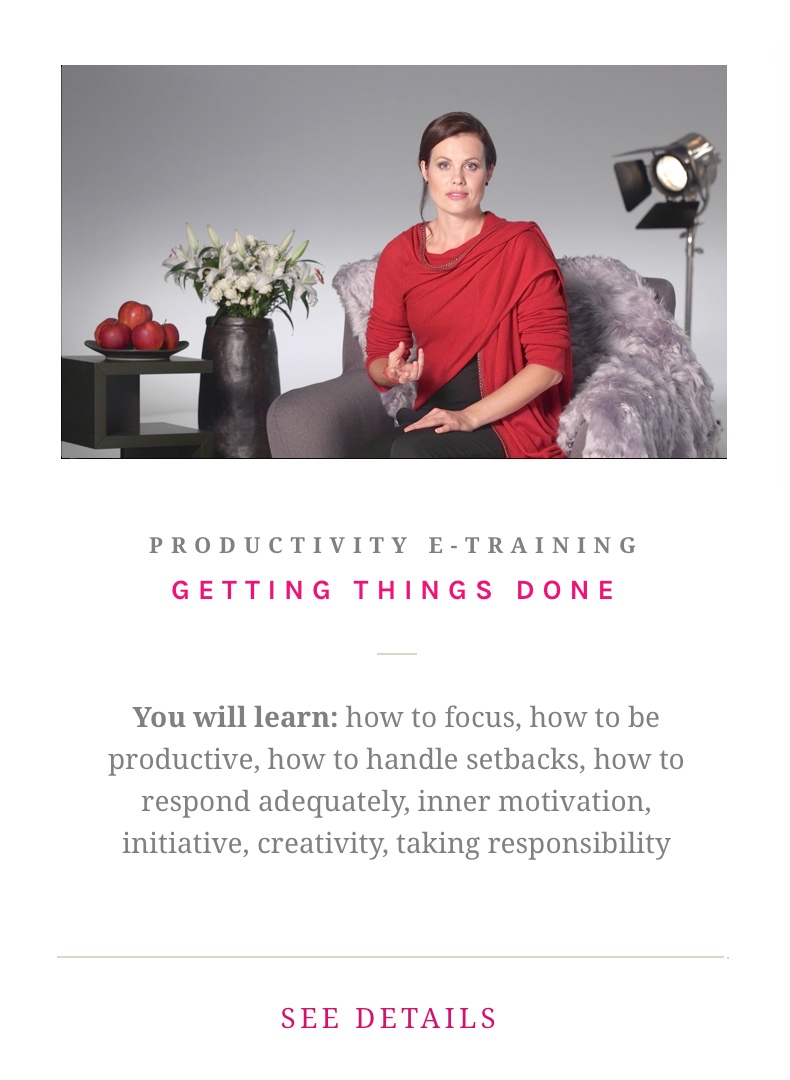Being anxious is a normal response to stressful situations or potential dangers that most humans experience. Anxiousness is a feeling of unease, worry or fear that can be mild or intense. Until anxiousness warns us, all is well. Anxiety is over-reactivity to anxiousness.
While occasional anxiousness is a regular part of life, an excessive and persistent form of it is anxiety that interferes with our daily activities.
The most common anxiety disorders are:
- Generalized Anxiety Disorder (GAD): People with GAD experience excessive worry and tension about everyday events or situations. This anxiety is often difficult to control and can lead to physical symptoms like restlessness, irritability, and muscle tension.
- Social Anxiety Disorder (SAD, also named Social Phobia): This disorder involves intense persistent anxiety and avoidance of social situations due to the fear of drawing attention to themselves or fear of being judged or embarrassed. It can impact a person's ability to interact with others and participate in social activities. SAD is often under-recognized and undertreated, with many affected individuals reluctant to seek medical attention.
- Panic Disorder (PD): Individuals with panic disorder experience sudden and recurrent panic attacks, which are intense episodes of fear accompanied by physical symptoms like a racing heart, shortness of breath, and sweating. People often worry about having more panic attacks. Patients with panic disorder frequently present to primary care with somatic complaints, such as cardiac, gastrointestinal, and neurological concerns.
- Specific Phobias (SP): These are strong and irrational fears of specific objects or situations, such as heights, flying, spiders, or enclosed spaces. When faced with a phobic stimulus, a person experiences intense anxiety.
- Obsessive-Compulsive Disorder (OCD): OCD is defined by obsessions or compulsions that produce significant distress and cause noticeable interference with various aspects of academic, occupational, social, leisure, and/or family functioning. Obsessions here are defined as intrusive and unwanted thoughts, ideas, images, impulses, or doubts that the person experiences as senseless and that evoke distress (i.e., anxiety, doubt). Common obsessions include fears of contamination or harming others.
- Acute stress disorder (ASD): ASD describes severe posttraumatic stress responses within the first month following trauma and allows to identification of individuals at risk of developing chronic PTSD reactions following exposure to a traumatic event. Research into psychological reactions following exposure to traumatic experiences has indicated that the majority of trauma survivors experience initial symptoms of distress but that these generally lessen over time.
- Post-Traumatic Stress Disorder (PTSD): PTSD can develop after a person experiences a traumatic event and is one of the few psychiatric conditions that occur secondarily to a specific, external event involving actual or threatened death or significant harm to oneself or others. The specific symptoms of PTSD are divided into three separate clusters: re-experiencing symptoms, avoidance and numbing symptoms and hyperarousal symptoms leading to intrusive memories, nightmares, flashbacks, and heightened anxiety. People with PTSD may avoid situations or reminders that trigger these symptoms.
- Separation Anxiety Disorder: This disorder is more common in children and involves excessive fear or anxiety about being separated from a loved one or attachment figure. It can lead to distress when anticipating or experiencing separation.
These are just the most common examples of anxiety disorders. Each disorder has its unique features and symptoms, but they all involve excessive and often overwhelming feelings of anxiety that can significantly impact a person's well-being and daily life.
In March 2023, the Mental Health Foundation in the UK conducted with Opinium an online survey of 6,000 UK adults to look at anxiety among the UK population. This study discovered that 73% of the people had felt anxious at least sometimes in the previous two weeks, with one in five people (20%) anxious most or all of the time.

The study pointed out that 86% of young people between 18 to 24 years had felt anxious in the previous two weeks. So anxiety is one of the most common mental health issues.
The things that initially cause anxiety disorders are often not the same as the things that keep the anxiety going. Some factors such as genetics and temperament are seen by science as causal, while how you think and learn, use emotions and act based on them or avoid things and situations usually make your anxiety last.
The maintaining factors are the ones that should get the most attention when it comes to prevention and treatment because changing them can lead to faster improvements.
How to prevent anxiety?
The main goal of preventing and reducing anxiety should be to enable people to learn intrapersonal skills that allow them to face their fears instead of avoiding them. This involves changing how they automatically react. For example, changing thought patterns means thinking more rationally and noticing if is there a real danger in a situation that you consider anxious.
Changing emotional behaviors means learning new ways to handle situations by involving aware observation, keeping inner calmness and adding rational thinking to analyze your options. The focus on altering cognitions and behavior is here seen as in service of reducing the avoidance of feared situations.
When you are aware that you desire to reduce your anxiousness, you need to take time to learn how to respond with awareness as this allows you to act differently.
For example, you can prepare for a potentially fearful situation, learn and use different intrapersonal skills and learn techniques to stay calm. Behavioral interventions are practical and proven very effective even in therapy format, so those certainly work also as prevention methods.
Behavioral interventions have the power to support you at every stage of the developmental process and allow you to reduce fears.
Conditioning leading to anxiety and dealing with fears
Fear conditioning is a type of learning where we learn to connect certain things with bad experiences. This is a big focus in studying human anxiety by doctors and scientists.
To function well, you need to remember what different things mean on a larger scale and what might happen. For example, planning is in this case a useful self-leadership tool. You can plan a stress-relieving action, such as a short walk in a park to follow a stressful business meeting. The allocation of your own attention is an important base for actual mood and thought management.
Dealing with your inner fears requires that you summon your courage and release negative emotions like shame, inadequacy, and hopelessness and are equipped with intrapersonal skills to handle stress. On the other hand, avoiding things you're afraid of actually helps anxiety stick around and become a bigger part of your life.
The amygdala and hippocampus are parts of the brain that make your memories stick. Science has proven that anxiety disorders involve many chemicals in the brain. When you are stressed, these chemicals are released and affect how your brain deals with anxiousness.
Healthy inner functioning
Your healthy inner functioning depends largely on your ability to form emotional and rational mental responses to environmental stimuli around you.
“Such responses can facilitate interpersonal communication, assist in memory formation, and promote decision making and subsequent action” according to Hartley & Phelps article Changing Fear: The Neurocircuitry of Emotional Regulations published in Neuropharmacology 2010.
Currently, most of us don’t respond with full awareness but instead, react automatically. Such automatic reaction is subconscious and formulates your actual brain patterns.
Our ability to learn associations between aversive events and the environmental cues that predict them is crucial for our survival and thriving.
As Greene, Bailey & Neumeister explain in the article A Biopsychological Approach to Anxiety (published in the book Anxiety Disorders by Stahl & More 2013) “The concept of learned associations provides a useful framework for understanding the nature of emotional responsiveness in humans.”
They explain the biology of anxiety this way: “Several brain regions are involved in the detection, processing, integration, and response to stressful or fearful stimuli. Visual, auditory, gustatory, and somatosensory receptors detect sensory information, which is then relayed to the thalamus for distribution. The thalamus transmits signals to the brain stem to respond to stimuli through automatic reflexes and to the amygdala and regions of the prefrontal cortex, hippocampus, and insula (LeDoux, 2003). The latter regions represent the brain's fear-processing neurocircuitry. This circuit is responsible for higher-order fear processing and mediating an appropriate response to fearful or stressful stimuli.”
The paper by Greene, Bailey & Neumeister discusses that anxiety happens as the brain's fear-processing system doesn't work properly as parts of the brain involved in fear get activated differently than in healthy persons.
To put it simply, for people with anxiety, the amygdala becomes too active when they see something scary, making them feel very alert, jumpy, and having trouble sleeping. It means that anxious individuals might have trouble controlling the amygdala with other brain parts like the ventral/medial prefrontal cortex and hippocampus. In people without anxiety, these other parts of the brain help calm down the amygdala after it reacts to fear, so they don't feel scared for too long.
Anxiety in a simplified way thus can be explained as getting subconsciously stuck in fears and negative emotional and mental reactions.
The need to improve inner leadership
Until you don’t control your inner reactions, you depend on them. The control here isn’t possible on a mental or emotional level, but demands including awareness of your own inner processes. But as people lack intrapersonal education and practical awareness-based intrapersonal skills, leading our inner processes remains a mystery to most of us.
As the fields of psychology and psychiatry traditionally function independently of each other we have been missing the big comprehensive picture of securing mental wellness.
When people are diagnosed with anxiety the combined or integrated treatment is acknowledged by most mental health providers as the best option as it utilizes both pharmacological and psychological interventions in the treatment. However, there is still little or no focus on prevention and proactive approaches.
This website isn’t about the treatment of mental illnesses, our focus is securing excellent mental wellness.
Scientists have found that different chemicals in the brain play a role in causing anxiety. When you're stressed, these chemicals are released and they affect how your brain deals with anxiety. While this happens through a complex network of interactions in the brain, you can’t regulate your body chemistry directly. However, as your inner chemistry is triggered by how you react or respond to external events, you can learn to replace your subconscious or automatic inner reactions with aware responses.
Conclusion
Learning the healthy patterns to respond and use intrapersonal skills in both stressful and fearful situations enables us to stay calm, well and productive. Instead of experiencing uncontrolled fears and becoming paralyzed, intrapersonal skills allow you to spot danger, acknowledge options and choose the right response that keeps you and your team moving forward.
Anxiety is fully preventable but demands learning intrapersonal skills before your anxious reactions turn into anxiety.


.jpg)


